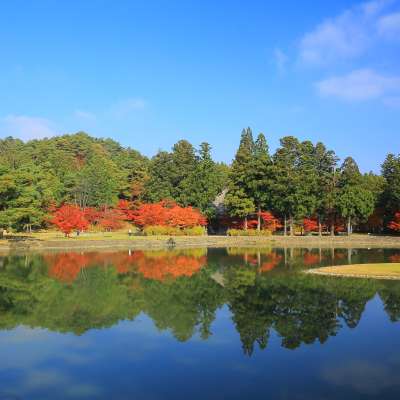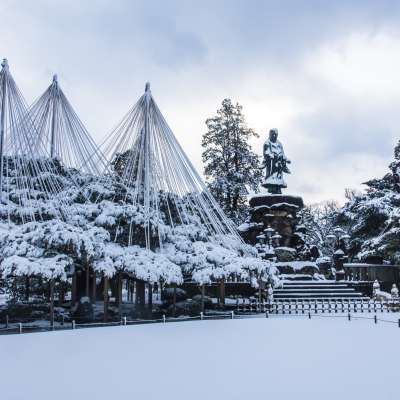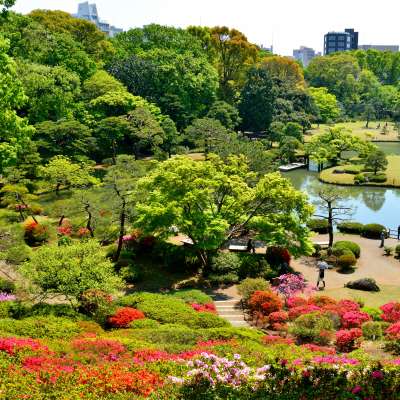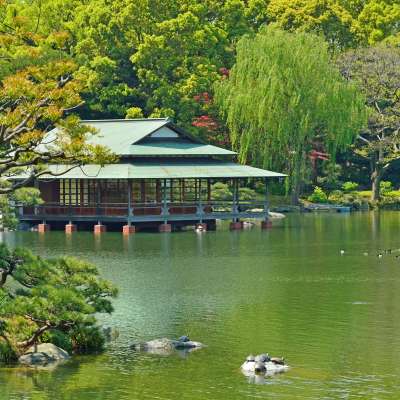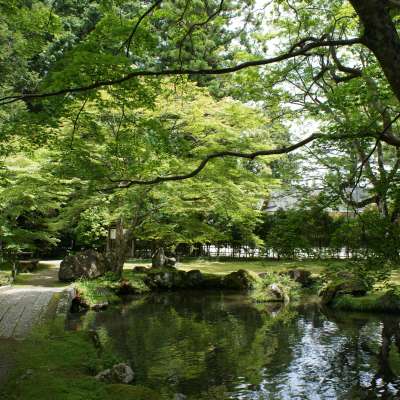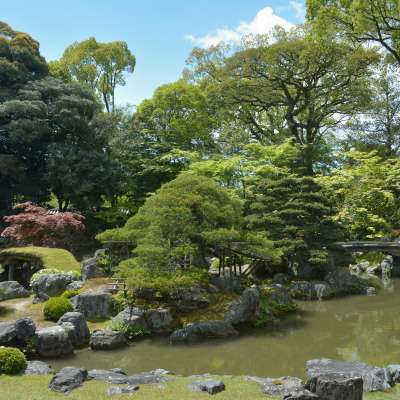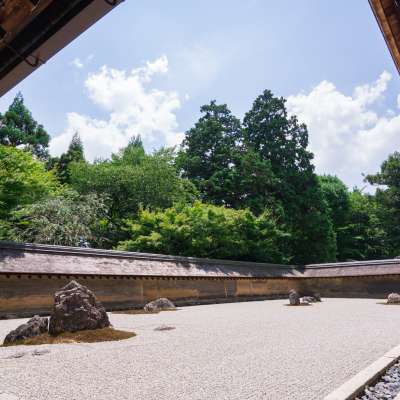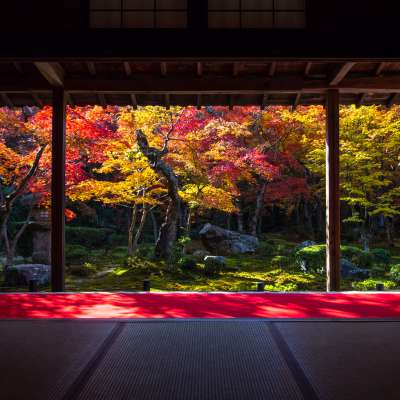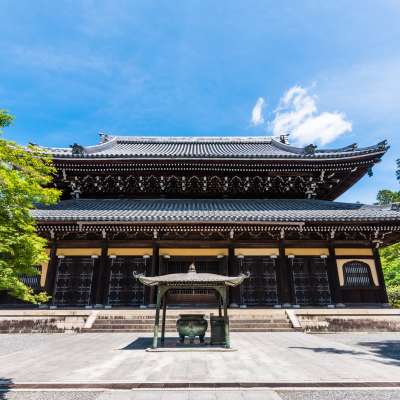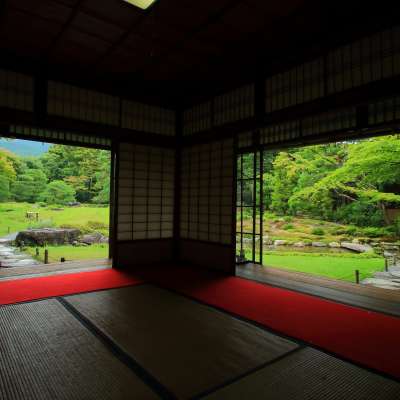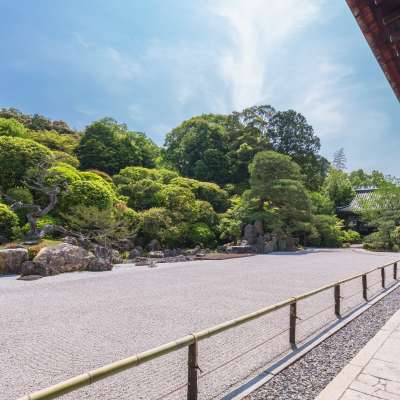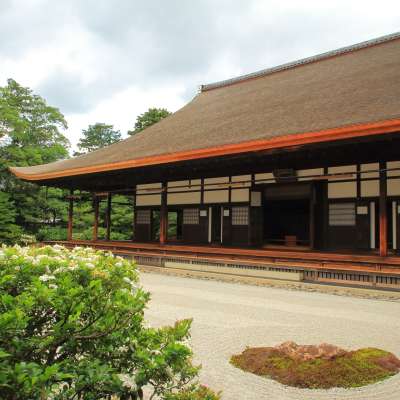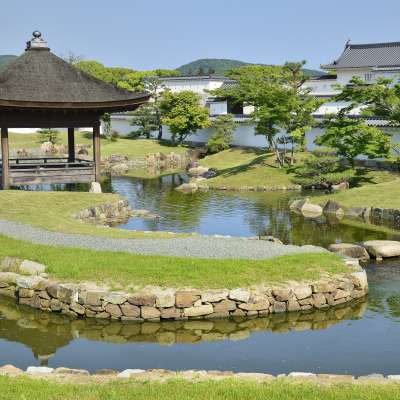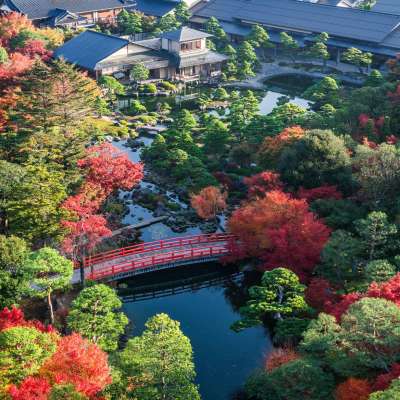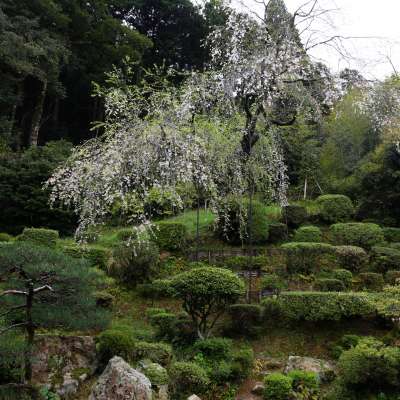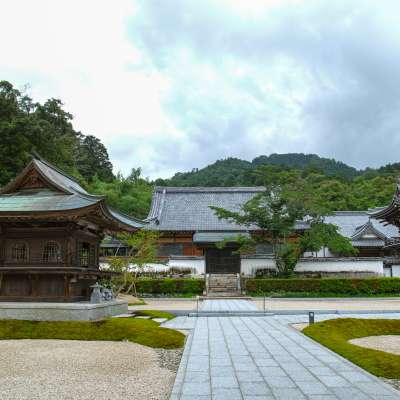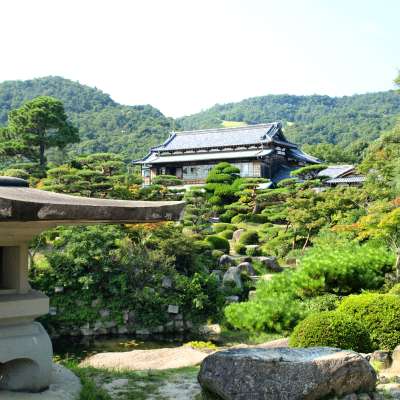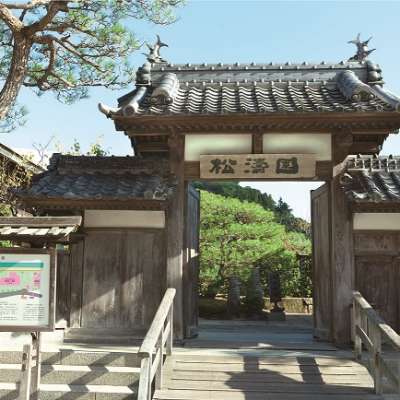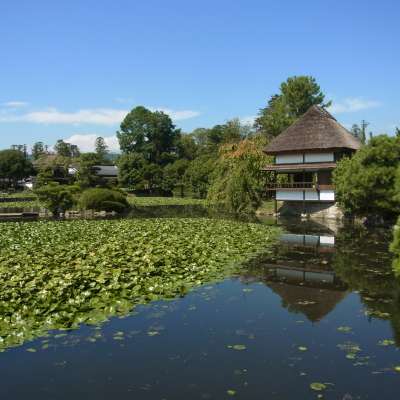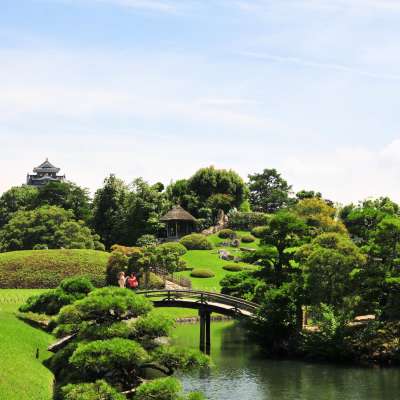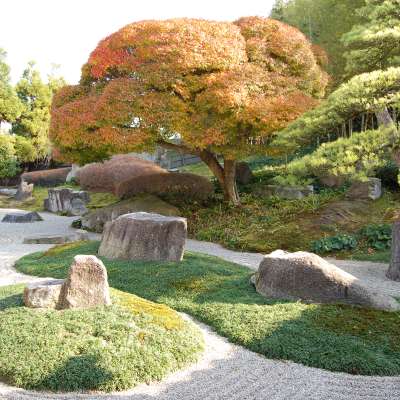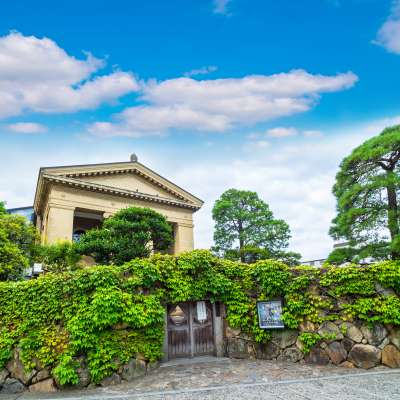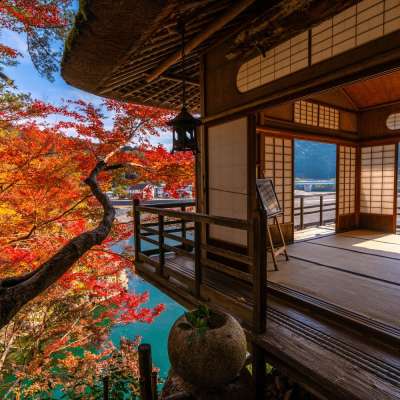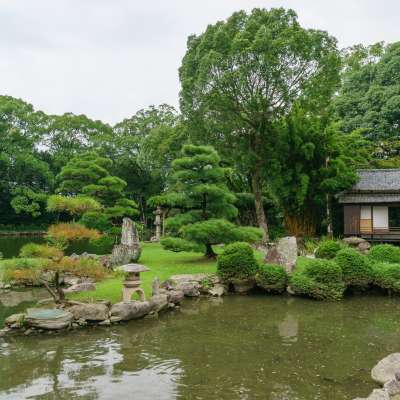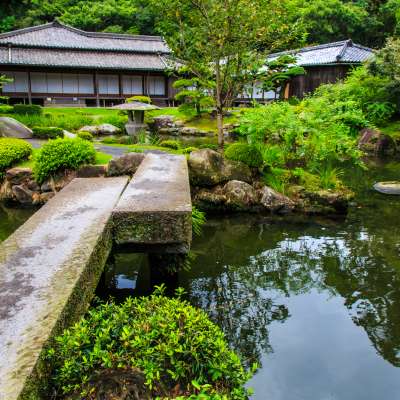Japanese garden spaces created with a focus on the flow of water
For more than 1000 years, there have been many famous gardens throughout Japan, especially in Kyoto, which was the cultural and political center of the time.
There are various gardens throughout Japan that utilize space, water, and sound among other things.
The more you know about these characteristic and historic gardens, the more you will appreciate and enjoy them.
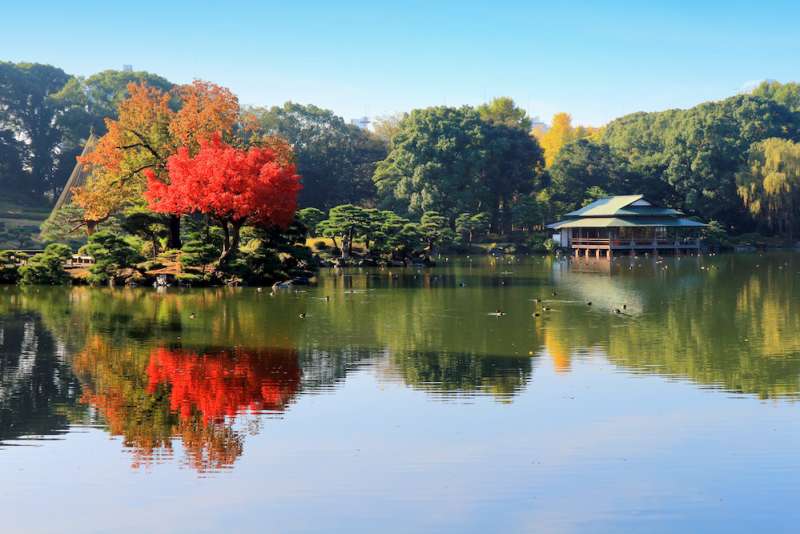
Strategic use of space
Japan’s ability to wisely use space never falters. Japanese gardens are meticulously designed to feel more vast than they actually are. Clever tactics to make this illusion possible include sudden changes in the direction or width of the path. Another tenant in this strategy is about developing perspective through various viewpoints of things such as buildings and bridges, as well as creating striking atmosphere changes by using the background. Combining these delicate visual strategies allows the viewer to feel as though the garden is much larger. Over the years gardens have been used as sites for cultural events with guests invited for things such as poetry and Noh performances. Have a look at this page for a list of famous Japanese gardens, as well as gardens by region throughout Japan.
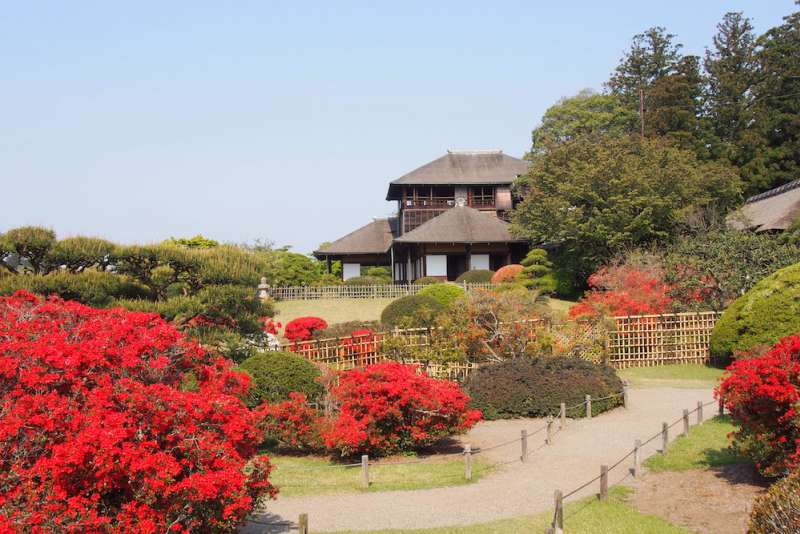
Emphasizing the flow of water
The flow of water is often a central, critical part to the structure and atmosphere of a Japanese garden. Many gardens display an intricate path of waterflow or a very prominent feature like a waterfall or pond. A very famous and aesthetically impressive example is Sanboin Garden in Kyoto. This garden is also well known for its 800 stones that work in conjunction with scenic ponds and a majestic waterfall.
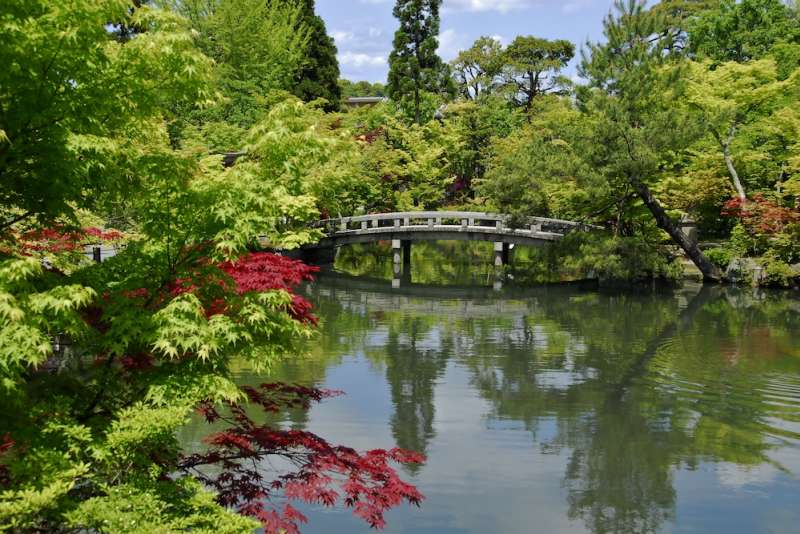
Dry landscape gardens (Karesansui)
While water is often a prominent part of Japanese gardens, some actually display no water at all. These dry landscape gardens use sand and stones to express the movement of water instead. Zen gardens as they are known overseas, were originally created and designed by buddhist monks as a practice to calm the mind and help with meditation. An immaculate example is Ryoanji Temple Rock Garden, which is a famous UNESCO World Heritage site. For more information on Zen Gardens, have a look here.
Borrowing scenery (Shakei)
“Borrowing scenery” is a method of making a garden look grand by indirectly using distant scenery or nature.
You will often see a mountain in the background to accentuate the features of the garden in a particular view. A great example of the way that visuals can be used like this are the Tenryuji Temple’s gardens that are surrounded by the beautiful scenery of the Kameyama and Arashiyama foothills. When visiting a Japanese garden, be sure to not only focus on what is right in front of your eyes, but also the surrounding scenery that makes the garden complete.
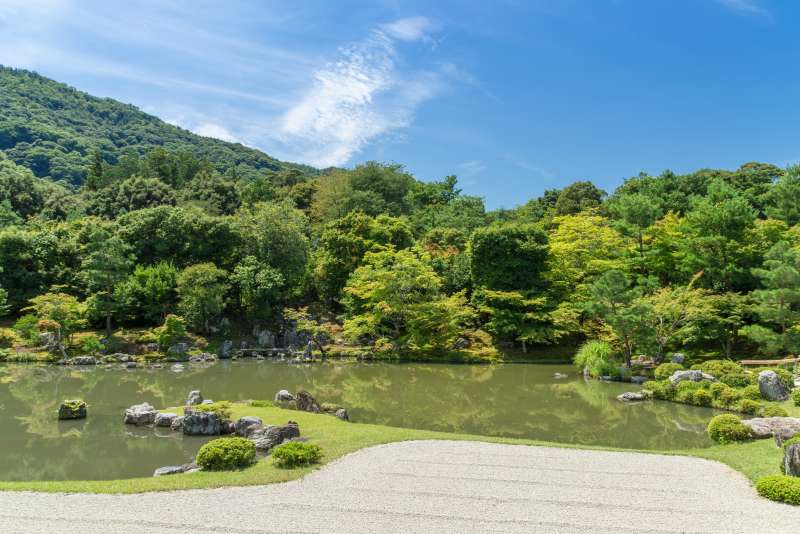
Enjoying the sounds of nature
Visuals are not the only feature that can be used to emphasize the beauty of a garden. Sounds, like falling water or rustling leaves, are often a part of the garden as well. Stone wash basins (for cleansing the hands before entering a tea ceremony room) offer the soothing sound of flowing water. Rustling leaves trace the movement of the wind, and also add a seasonal feeling when crunched by the footsteps of visitors. For more information on Japanese parks and gardens, have a look here.






















































